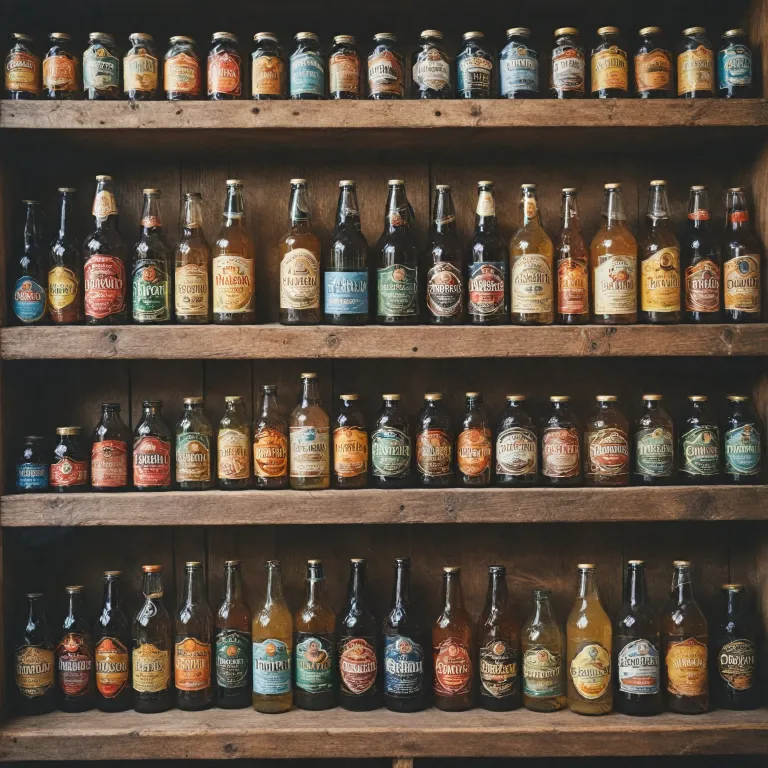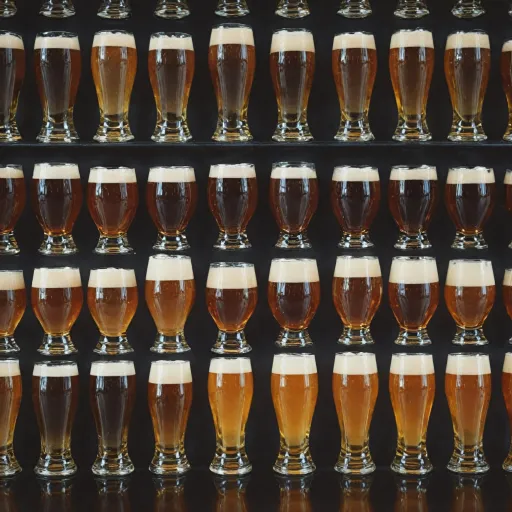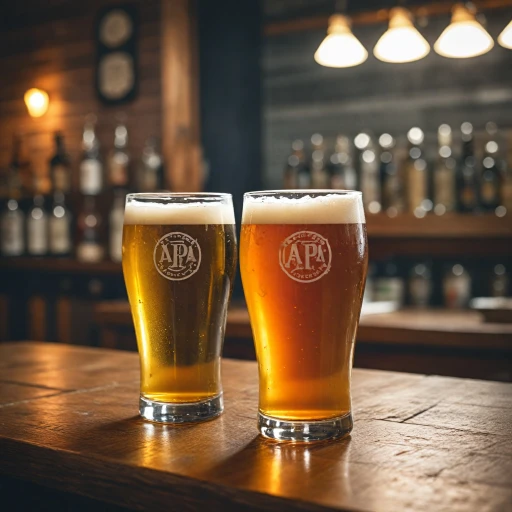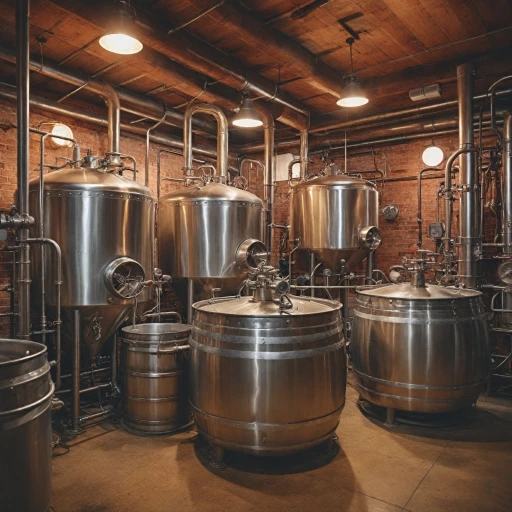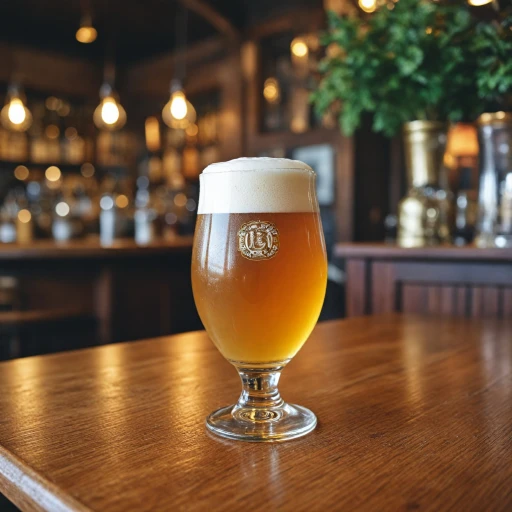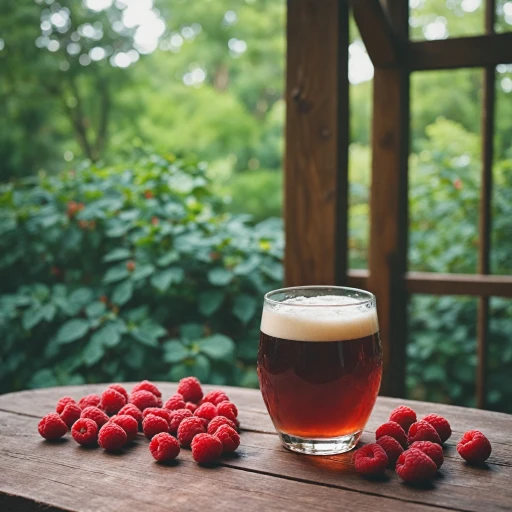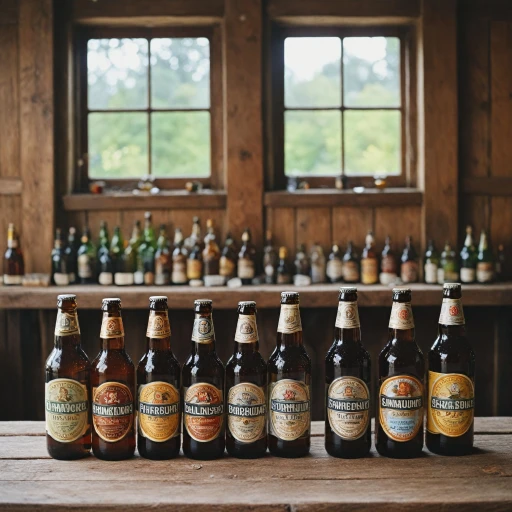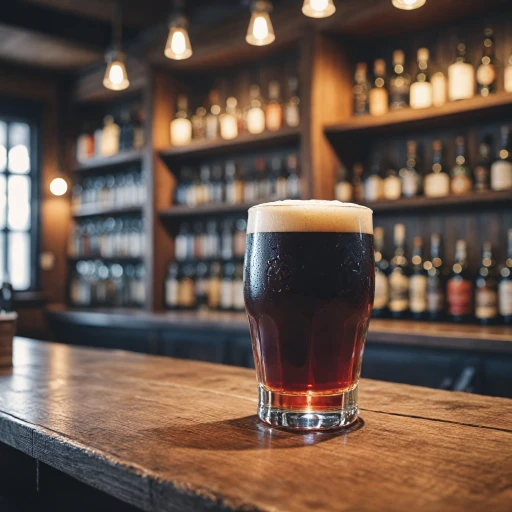
The Charm of Unfiltered and Unpasteurized Brews
Embracing the Authentic Essence of Craft Beer
Unfiltered and unpasteurized brews hold a special place in the hearts of beer enthusiasts and for good reason. These brews offer a unique drinking experience, showcasing the raw, authentic nature of beer that has not been altered by filtration or pasteurization processes. By leaving out these industrial procedures, brewers allow the natural flavors and aromas to shine through, giving drinkers an unadulterated taste straight from the brewing kettle. But what exactly is the charm behind these types of beers? Well, part of it comes down to their complexity and character, often retaining a rich haze and fuller body that can enchant your senses with every sip. Unfiltered beers, such as those you might explore while diving into the mischievous side of beer, can host a plethora of flavors due to the presence of yeast and proteins that would typically be removed during filtration. Embracing these cloudy creations might remind one of the early days of brewing, where each sip was a small step into the unknown of beer world, full of possibilities and unexpected delights. There's something inviting about welcoming a more traditional way of brewing, where the core ingredients—water, malt, hops, and yeast—interact without constraint, producing not only intriguing tastes but also sparking conversation and debate among enthusiasts. Curiosity piqued? Be sure to read on for a deeper dive into the historical roots of these brews, and perhaps learn some fun trivia to impress your fellow beer aficionados.A Historical Perspective
The Evolution from Ancient Brews
Unfiltered and unpasteurized brews have been around since the dawn of beer brewing itself. Before the advent of modern brewing technology, all beers were naturally unfiltered and unpasteurized. This historical method of brewing was influenced by what was locally available, leading to a rich diversity of beer flavors and styles.A Journey Through Time
In ancient times, beer was often brewed in small, local batches, using traditional methods that left beers in their unfiltered and unpasteurized state. This practice allowed for an array of beer styles that reflect their geographical origins. As brewing techniques evolved, particularly during the expansion of trade routes, brews started incorporating varied and exotic ingredients, leading to innovative flavors.The Impact on Modern Craft Brewing
Today's craft brewers are continually experimenting with traditional brewing methods. They recognize the value in preserving some of the ancient techniques and flavors, which often involve leaving their creations unfiltered and unpasteurized. These methods continue to produce beers with complex flavors and profiles, resonating well with enthusiasts seeking authentic experiences. For more insights on how these timeless methods have inspired today's unique craft beers, you might find it fascinating to explore the unique world of cactus beer.Tasting Notes and Experiences
Savoring the Layers of Flavor
Unfiltered and unpasteurized brews offer a sensory experience that is both rich and complex. When tasting these unique beers, you'll notice a distinct difference from their filtered counterparts. They retain a natural cloudiness, along with a depth of flavor that showcases the raw ingredients.
The key to enjoying these brews is to appreciate the taste complexities that come from the yeast and other particles left in suspension. You might detect more pronounced notes of clove, banana, or other esters, especially in styles like unfiltered wheat beers or certain Belgian ales. Belgian Blonde Ale, for instance, is a great example where the unfiltered aspect contributes significantly to its signature taste profile.
When tasting, allow the beer to breathe a bit after pouring, and take note of the changing aromas and flavors as the temperature shifts slightly. Swirling the glass gently can also help release additional aromas and flavors hidden within. The presence of remaining sediment can also lead to interesting textural experiences, often contributing to a fuller mouthfeel.
Furthermore, exploring this style can enhance your appreciation for the craftsmanship and history behind traditional brewing methods. Be sure to approach these brews with an open mind and an adventurous palate, savoring every nuanced sip.
Crossword Clues and Beer Trivia
Crack the Code: Beer Crossword Puzzles
- Unfiltered brew that allows yeast and other particulates to remain integrated. Answer: Hazy
- This term describes a technique that involves no heat treatment to kill bacteria and extend shelf life. Answer: Unpasteurized
- A style of ale characterized by fruitiness, spiciness, and sometimes tartness, native to Belgium. Answer: Saison
- Another name for the yeast soupy layer that often rests at the bottom of your unfiltered beer. Answer: Lees
- Measures the bitterness in beer, typically associated with hops. Answer: IBU
- This German word translates to "yeast" and is integral to traditional, rustic beers. Answer: Hefe
Beer Trivia: Test Your Knowledge
- True or False: Unfiltered beers are known to undergo a second fermentation process.
- Which country is famous for perfecting the technique of top fermentation used in many unfiltered and unpasteurized beers?
- Identify the oldest continuously operating brewery in the world, producing various traditional unfiltered beers.
- What is the main distinction between filtered and unfiltered brews regarding taste?
- Options: Clarity, Complexity, Alcohol Content
Engaging in activities like crossword puzzles and trivia socializes enthusiasts as they unravel the intricacies of their beloved brews. By appreciating the story behind these unique beverages, you enrich your drinking experience and deepen your understanding of the beer world. Enjoy learning about your favorite brews and cultivating a new respect for their craftsmanship and flavors!
Finding Your Perfect Brew
Navigating Craft Beer Bars and Breweries
Embarking on the journey to find your perfect unfiltered and unpasteurized brew is an adventure that begins with choosing the right places to explore. Craft beer bars and breweries are ideal spots to encounter a range of flavors and styles. When searching for these establishments, consider the following:
- Local Breweries: They often offer a selection of unfiltered and unpasteurized options. Ask for recommendations from the staff, who are usually knowledgeable about their creations.
- Specialty Bars: Some bars focus specifically on craft beers and can provide an extensive menu of both domestic and international unfiltered brews.
- Beer Festivals: These events can be treasure troves for beer enthusiasts, offering an array of samples from different regions and brewers.
Trust Your Taste Buds
When you sample these brews, trust your taste and instincts. Remember that each unfiltered and unpasteurized beer offers a unique flavor profile, as discussed in tasting experiences. Explore a variety of styles like IPAs, lagers, and stouts to understand what appeals to you most.
Expand Your Knowledge
To deepen your appreciation, delve into beer trivia and history. Get involved in the vibrant culture by attending brewery tours, tastings, and educational events. Chat with other beer aficionados to share insights and preferences.
Experimenting with Food Pairings
Enhance your beer tasting experiences by experimenting with food pairings. Some beers, with their natural yeast and bold flavors, can complement different cuisines splendidly. Try pairing a citrusy, unfiltered IPA with spicy dishes or enjoy a rich, yeasty stout with dark chocolate desserts.





